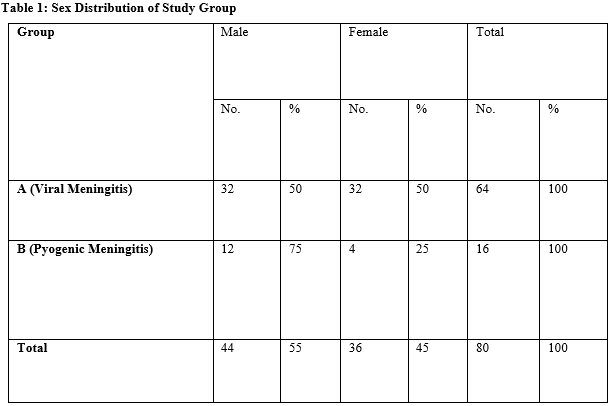Treatment non-compliance and government aided health schemes : a boon or a curse
Abstract
Purpose: In this study we tried to analyze the prevalence of non-adherence to radiation treatment, the factors behind the unplanned breaks and the evaluation of strategies to overcome such breaks.
Materials and Methods: Between January 2017 to October 2017, 486 patients were registered for radical radiotherapy of which 91 patients with unplanned treatment break were identified. We analyzed the social, economic, educational, and therapeutic barriers that led to treatment interruptions.
Results: 91 patients of 486 patients registered for radical radiotherapy with unplanned treatment break were identified. The age of such patients ranged from 30 to 85 years with a median age of 52.5 years. 61 were males and 30 were females. 39 patients were from urban areas and 52 belonged to rural area. Of these 91 patients 85 patients were receiving cashless treatment based on BPL cards and 6 were cash paying patients. 52 Patients had Head and neck, 23 had gynecological, 7 with breast and 4 patients had esophageal cancers. Majority of patients in our study had treatment breaks during the mid to end phase of a radical radiotherapy schedule with the onset of Grade II or III acute reactions.
Conclusion: As majority of patients were supported by government schemes without any binding factor, some compelling factors like blocking the BPL cards to avail other benefits, or to impose some kind of penalties to avoid wastage of government efforts and resources.
Downloads
References
RafalSuwinski, Anna Sowa, Tomaszrutkowski, et al. Time factor in postoperative radiotherapy: A multivariate locoregional control analysis in 868 patients. Int J Radiat Oncol Biol. Phys, 2003;56:399-412.
González San Segundo C, Calvo Manuel FA, Santos Miranda JA.Delays and treatment interruptions: difficulties in administering radiotherapy in an ideal time-period. Clin Transl Oncol. 2005 Mar;7(2):47-54.
Withers HR, Taylor JM, Maciejewski B. The hazard of accelerated tumor clonogen repopulation during radiotherapy. Acta Oncol. 1988;27(2):131-46.
Tarnawski R, Fowler J, Skladowski K, et al. How fast is repopulation of tumor cells during the treatment gap? Int J Radiat Oncol Biol Phys. 2002 Sep 1;54(1):229-36.
Schmidt-Ullrich RK, Contessa JN, Dent P, et al. Molecular mechanisms of radiation-induced accelerated repopulation. Radiat Oncol Investig. 1999;7(6):321-30.
Dale RG, Hendry JH, Jones B, et al. Practical methods for compensating for missed treatment days in radiotherapy, with particular reference to head and neck schedules.Clin Oncol (R Coll Radiol). 2002 Oct;14(5):382-93.
Hendry JH, Bentzen SM, Dale RG, et al. A modelled comparison of the effects of using different ways to compensate for missed treatment days in radiotherapy. Clin Oncol (R Coll Radiol). 1996;8(5):297-307.
Robertson AG, Robertson C, Perone C, Clarke K, Dewar J, Elia MH, et al. Effect of gap length and position on results of treatment of cancer of the larynx in Scotland by radiotherapy: A linear quadratic analysis. Radiother Oncol 1998;48:165-173.
Robertson C, Robertson AG, Hendry JH, et al. Similar decreases in local tumor control are calculated for treatment protraction and for interruptions in the radiotherapy of carcinoma of the larynx in four centers. Int J Radiat Oncol Biol Phys. 1998 Jan 15;40(2):319-29.
Groome PA, O’Sullivan B, Mackillop WJ, Jackson LD, Schulze K, Irish JC, et al. Compromised local control due to treatment interruptions and late treatment breaks in early glottic cancer: Population - based outcomes study supporting need for intensified treatment schedules. Int J RadiatOncol Biol Phys 2006;64:1002-1012.
Videtic GM, Fung K, Tomiak AT, et al. Using treatment interruptions to palliate the toxicity from concurrent chemoradiation for limited small cell lung cancer decreases survival and disease control. Lung Cancer. 2001 Aug-Sep;33(2-3):249-58.
Chen M, Jiang GL, Fu XL, et al. The impact of overall treatment time on outcomes in radiation therapy for non-small cell lung cancer. Lung Cancer. 2000 Apr;28(1):11-9.
Perez CA, Michalski J, Mansur D, et al. Impact of elapsed treatment time on outcome of external-beam radiation therapy for localized carcinoma of the prostate. Cancer J. 2004 Nov-Dec;10(6):349-56.
Maciejewski B, Majewski S. Dose fractionation and tumour repopulation in radiotherapy for bladder cancer. Radiother Oncol. 1991 Jul;21(3):163-70.
Hendry JH, Roberts SA, Slevin NJ, Keane TJ, Barton MB, Agren‑Cronqvist A, et al. Influence of radiotherapy treatment time on control of laryngeal cancer: Comparisons between centres in Manchester, UK and Toronto, Canada. Radiother Oncol 1994;31:14-22.
Roberts SA, Hendry JH, Brewster AE, et al. The influence of radiotherapy treatment time on the control of laryngeal cancer: a direct analysis of data from two British Institute of Radiology trials to calculate the lag period and the time factor. Br J Radiol. 1994 Aug;67(800):790-4. DOI: https://doi.org/10.1259/0007-1285-67-800-790



 OAI - Open Archives Initiative
OAI - Open Archives Initiative


